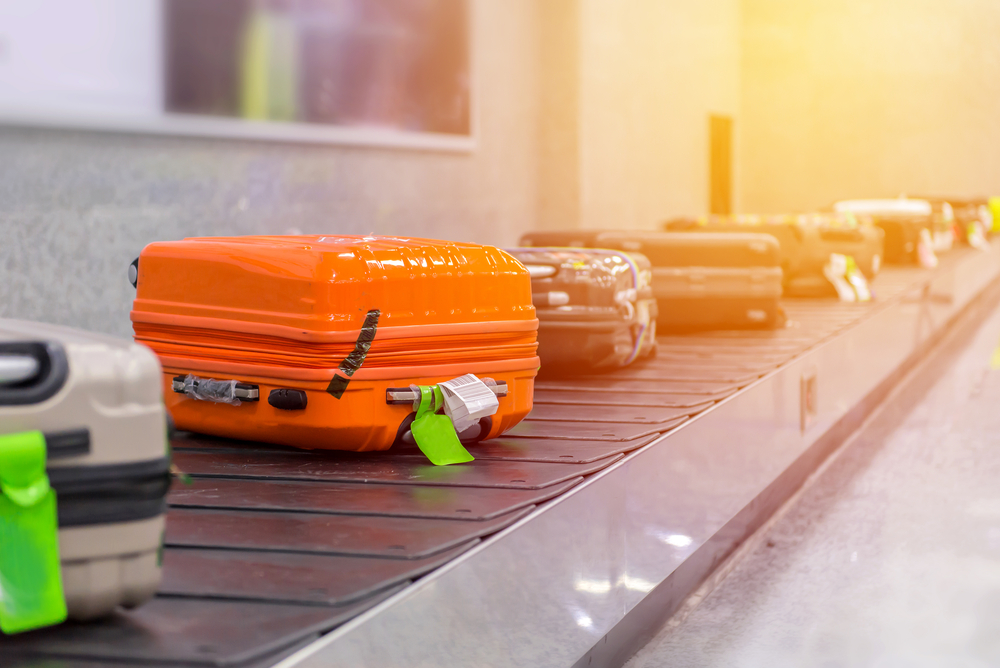Technology is Speeding Up the Airport Experience

Technology is constantly advancing around us and it is the same in airports, specifically in improving the passenger experience. In particular, wait-time.
An initiative called PASSME has been run by the EU’s Horizon 2020 Research and Innovation programme which aims to reduce passengers unwanted travel time by 60 minutes. They found that deploying a courier company to pick up passenger luggage and return it upon arrival caused a major decrease to the unwanted time spent at an airport due to passengers not having to queue to check-in bags and not having to wait around at the baggage reclaim.
Another way airports are utilising technology is the trend of Augmented Reality (AR). Gatwick Airport actually unveiled last year an AR wayfinding system, which allows passengers to use the camera on their device to view AR directions to wherever they need to go throughout the airport. This can greatly improve the experience within an airport, breaking through language barrier difficulties that some people may have when reading signs or attempting to communicate with members of staff for directions.
The emergence of Artificial Intelligence (AI) has carried over into airports and one major player in this advancement is Chatbots. Chatbot’s offer customers an interface to interact with an airline, providing automated answers to straightforward questions which frees up the human agents to deal with the more complex enquiries. This is becoming more and more common with airlines including, Air New Zealand, Aeromexico, Icelandair and Lufthansa to name a few. It will be expected that this type of communication with passengers will be seen increasingly throughout the industry in the coming months.
Self-service baggage drop-offs are now starting to emerge in several international airports. Some even incorporate facial recognition technology which will be used to verify customer identity by matching customer faces to passport photos. In theory, this should speed up the check-in process and reduce the time spent in queues upon arrival at the airport, however, it remains to be seen if this will be the future in airports.
Radio Frequency Identification (RFID) tags and readers can expect to become more commonplace throughout the rest of year due to new requirements being placed on airlines and airports to track passenger baggage. Hong Kong International Airport (HKIA) was actually the first airport to implement this technology for baggage handling in 2008. Since then, they have seen an increase in the reading of bar codes on luggage from 80% to 99% when using traditional barcodes prior. They have also started to offer customers an additional “MyTAG” product which is a tag that is placed on a customers luggage which will notify them when their baggage is ready to collect and from what area via an app, saving customers time searching for the destination of their baggage collection.
It’s exciting to see what the future holds for technology in airports and how these advancements will improve customer experience.